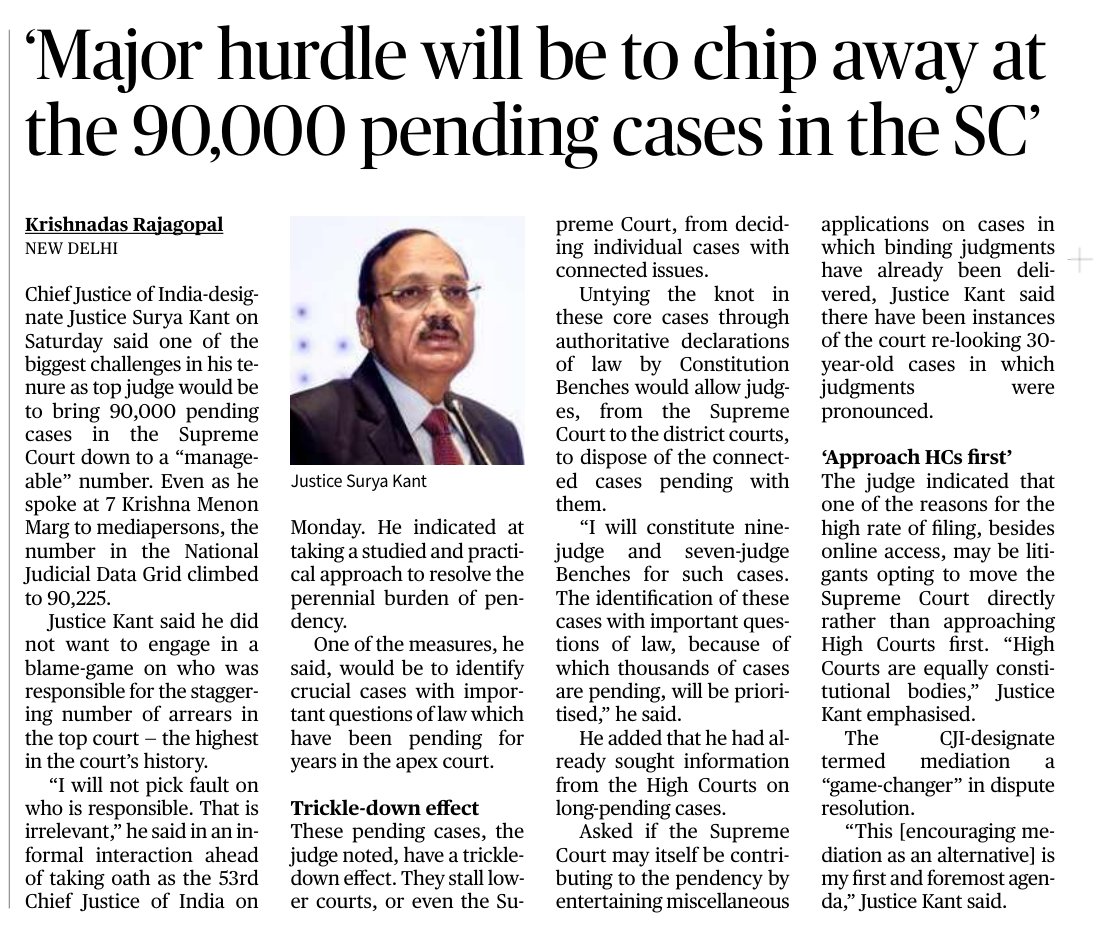Coxe, J.@mdashThis appeal arises out of execution proceedings taken on a mortgage decree. The Plaintiff sued a number of Defendants on the mortgage and obtained a decree, except against Defendants Nos. 24 to 26. Their property was exempted from liability and the Plaintiff was directed to pay their costs, so that as against them, the Plaintiff''s suit must be regarded as having been dismissed. Thereafter the other defendants appealed. The Defendants Nos. 24 to. 26 have now applied to execute their decree for costs, and the original Plaintiff pleads that the application is barred by limitation. The Subordinate Judge has held that limitation runs from the date of the decision of the appeal, and has allowed the application for execution. The original Plaintiff appeals. The effect of an appeal by one party to a suit on the limitation of an application for execution against his co-parties has often been, discussed, and has led to much diversity of opinion. It was held in Hur Proshaud v. Enayet Hossein 2 C.L.R. 471 (1878), that, when the appeal does not imperil the whole decree, an appeal by one Defendant will not prevent limitation running against others. The head-note runs "where a decree for possession is made against three persons jointly, one of whom appeals against the decree only so far as it affects himself, and not against the whole decree, and the decree, does not relate to property in respect to which the Defendants have a common interest and a common defence, so that an appeal by one would imperil the whole decree, then the fact of one Defendant''s having appealed will not prevent limitation running, in favour of the others, against the execution of the decree." The learned Judges pointed out that in such a case, although the decree was drawn up in the form of a single order, it did in fact incorporate separate decrees. A very similar view was taken in the Pull Bench case of Wise v. Rajnarain Chuckerbutty 10 B. L. R. 258 (1872), but it must be conceded that the terms of the Statute (Act XIV of 1859) interpreted by that decision were very different to those of the subsequent Limitation Acts.
2. The view that the running of limitation in these cases depended on the question whether the appeal; which was relied on to save it, did or did not imperil the whole decree was accepted by the majority of the Full Bench in Moshiatunnissa v. Rani ) I. L. R. 13 All. 1 (1889). Straight, J., observed : "In my opinion it was the duty of the Court, which was asked by the decree-holder to execute the decree, to see whether there had been an appeal, not by one or two Defendants simply assailing a part of the decree specifically and separately against them, but an appeal, which, though preferred by only two of the Defendants, assailed a decree which disposed of the suit on grounds common to themselves and the rest of the Defendants." And Tyrrell, J., observed that the cases in which it was decided that limitation ran from the date of the appellate decree were " cases in which the integrity of the decree was imperilled." And in this Court although the Judges have expressed the view that the terms of Art. 179 (now Art. 182), clause (2), should include all cases in which an appeal has been made by any party, yet their ultimate decision has always rested on the principle that the whole decree was imperilled by the appeal. I may refer to Nundun Lal v. Joy Kishen I. L. R. 16 Cal. 598 (1889), Kristo Churn v. Radha Churn I. L. R. 19 Cal. 750 (1891), and Gopal Chunder v. Gosaindas I. L. R. 25 Cal. 594 (1898). The last mentioned decision perhaps goes the farthest, but the original decree was a joint decree and an appeal against it, under the decision in Hur Proshaud v. Enayet Hossain 2 C. L. R. 471 (1878), could not have saved limitation.
3. It seems to me that the present, case shows the wisdom of adhering to the view taken in Hur Proshaud v. Enayet Hossain 2 C. L. R. 471 (1878), that, in dealing with the question of limitation in these cases, we should see whether the original decree was really one decree or an incorporation of several decrees, and whether the appeal against it imperiled the whole decree or not. Evidently the words " where there has been an appeal " in Art. 182, clause 2, mean where there has been an appeal against the decree or order for the execution of which the application is made." And it is surely impossible in this case to hold that the order dismissing the Plaintiff''s suit with costs as against Defendants Nos. 24 to 26, and the order decreeing it with costs as against Defendants Nos. 1 to 23 are one and the same decree, because, they are embodied in one formal order. The decree-holders are different and the judgment-debtors are different. The application before us is for the execution of the decree by which the Plaintiffs were directed to pay costs to Defendants Nos. 24 to 26. In my opinion, there has been no appeal against that decree and the fact that there has been an appeal against an entirely distinct decree, which was recorded in the same document, does not affect the question of limitation, when no order that could have been passed in that appeal could possibly have affected the decree which the Defendants Nos. 24 to 26 now seek to execute. I think therefore that the appeal should be allowed and the application for execution dismissed. As the Respondent has not appeared, I would allow the Appellant his costs of the Court below and half his costs in this Court.
D. Chatterjee, J.
I agree.

